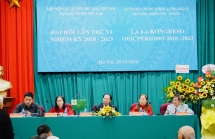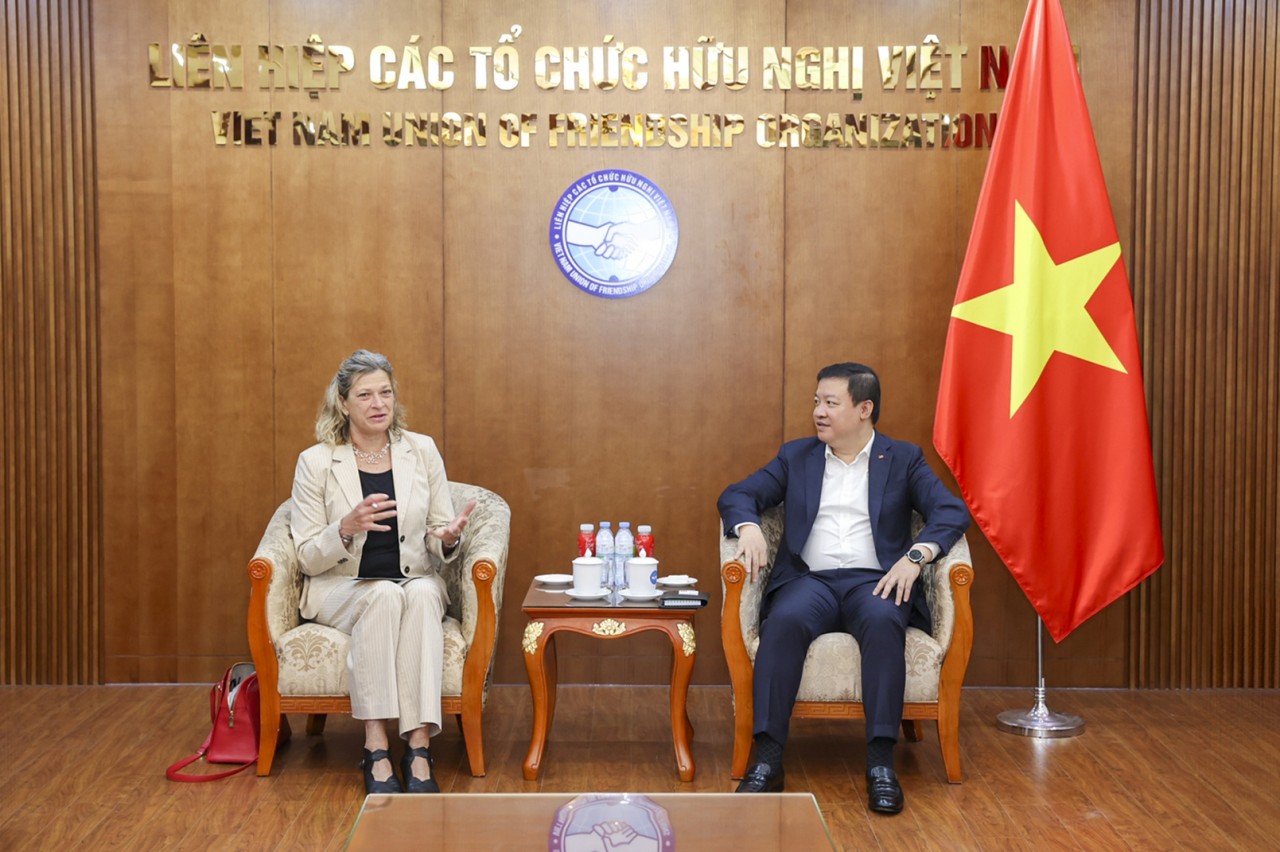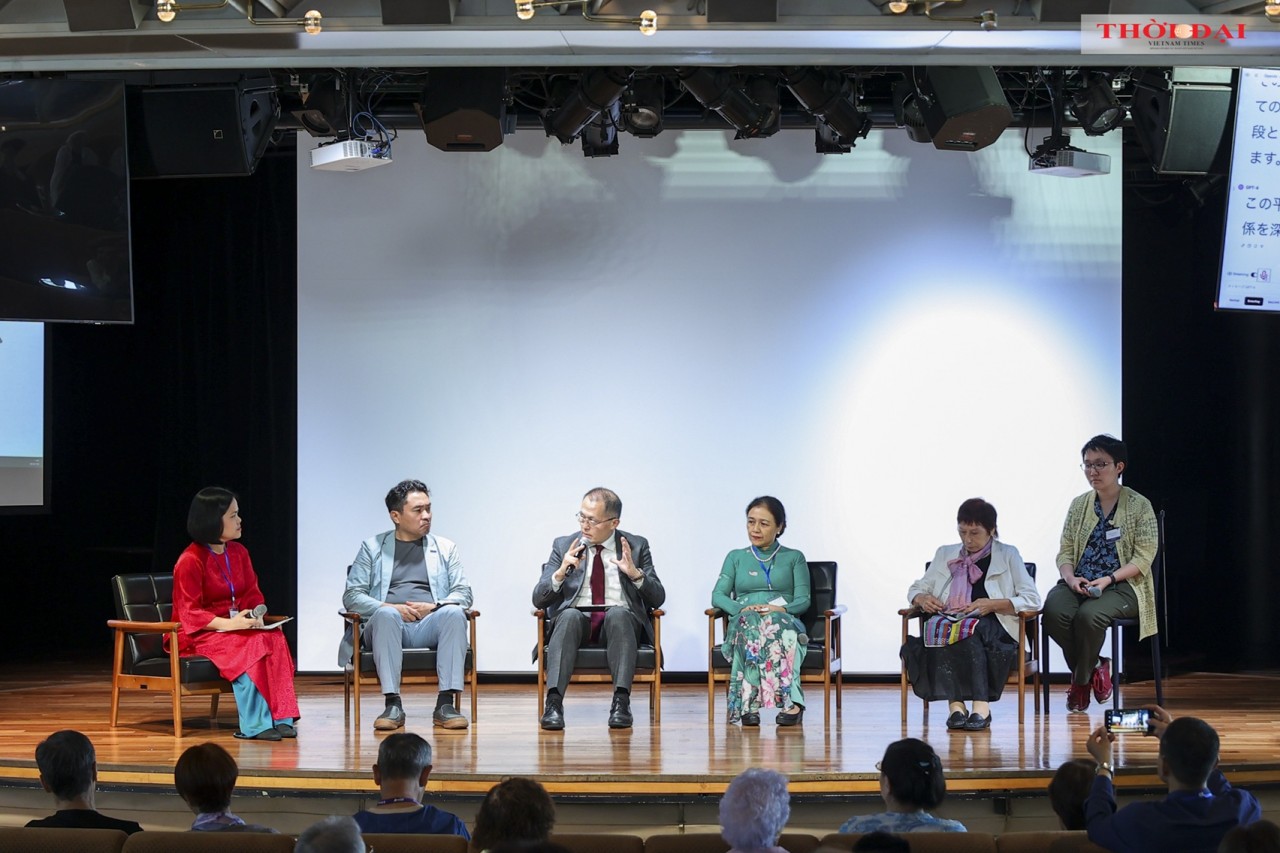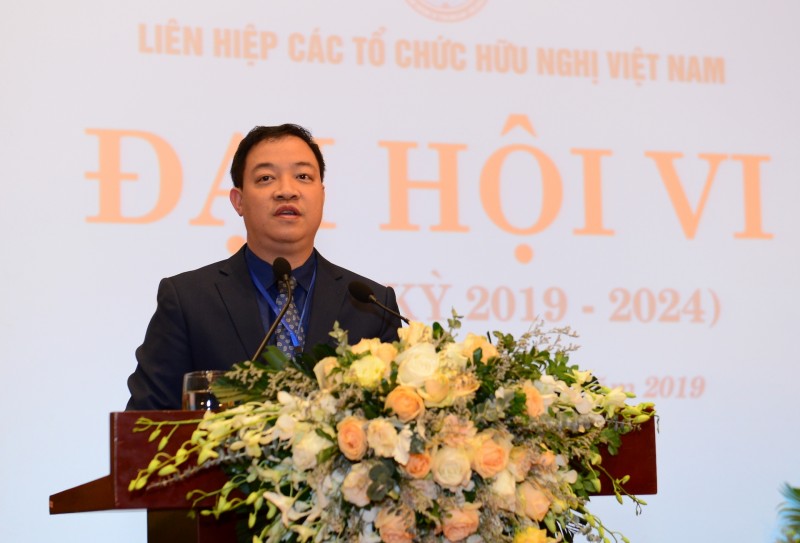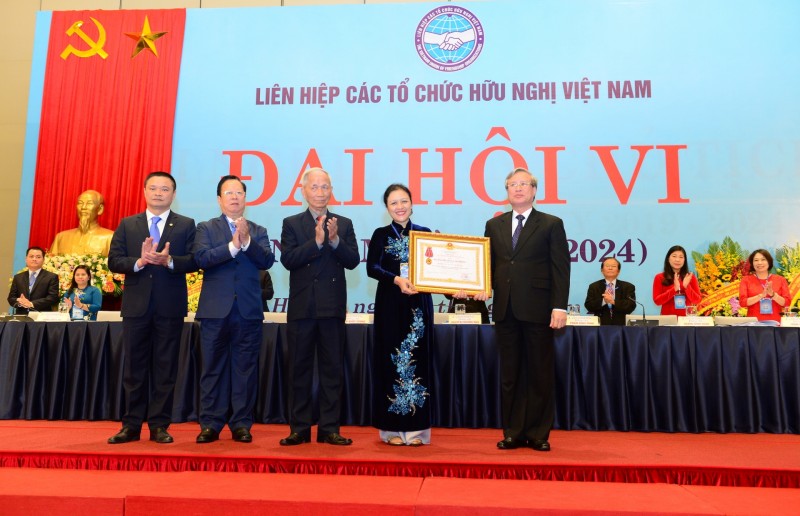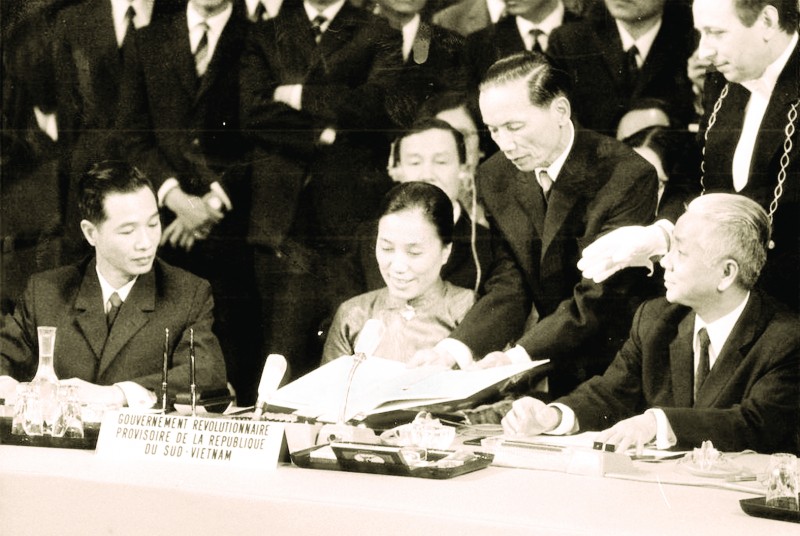Ninth Asia-Oceania Esperanto Congress: More than just words
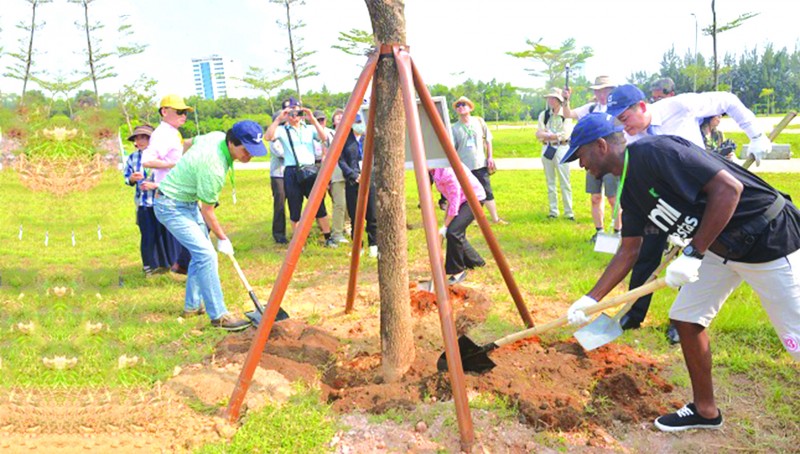 |
| Delegates plating trees at Youth Park, Da Nang city. |
The ninth Asia-Oceania Esperanto Congress (AK9), organized by the Asian Esperanto Movement and the Vietnam Esperanto Association (member organization of the Vietnam Union of Friendship Organizations - VUFO), officially opened in central city of Da Nang on April 26, attracting the participation of nearly 300 delegates from 20 countries. In particular, many delegates have never been to Vietnam.
During the AK9, the Vietnam Esperanto Association has planted 5 trees, representing 5 continents in the world. At the same time, the delegates were very surprised and excited when visiting the famous tourist destinations of Da Nang such as Non Nuoc Stone Carving Village, Museum of Cham Sculpture, and Linh Ung Pagoda. Many of them had never been to Vietnam and still only know Vietnam through photos of the American war.
Successfully hosting the AK9 and having representatives participating in the Executive Committee of the Universal Esperanto Association are one of the outstanding external activities of the Vietnam Esperanto Association in previous term.
VUFO President Nguyen Phuong Nga, also said that, with more than 100 years of history, the Esperanto movement has developed worldwide. Since becoming an official member of VUFO in 1998, the Vietnam Esperanto Association has been very active in spreading Esperanto to the younger generations of Vietnam, as well as mobilizing the members of the Esperanto movement to support Vietnam and actively participate in promoting and introducing Vietnam's culture and history to the Esperanto community in particular and international friends in general.
| Esperanto was created by a Polish scholar, Dr. Ludwik Lejzer Zamenhof between 1872 and 1885 in Warszawa. It is an artificial or constructed language as opposed to natural human languages whose vocabulary and grammars developed randomly over time through custom and usage, rather than a plan. The word esperanto translates into English as "one who hopes". Dr. Zamenhof's goal was to create an easy and flexible language that would serve as a universal second language to foster world peace and international understanding, and to build a community of speakers. After more than 100 years of establishment and development, by 1996, there were about 2 million people in 115 countries and territories used this language as their second language. |
In topics
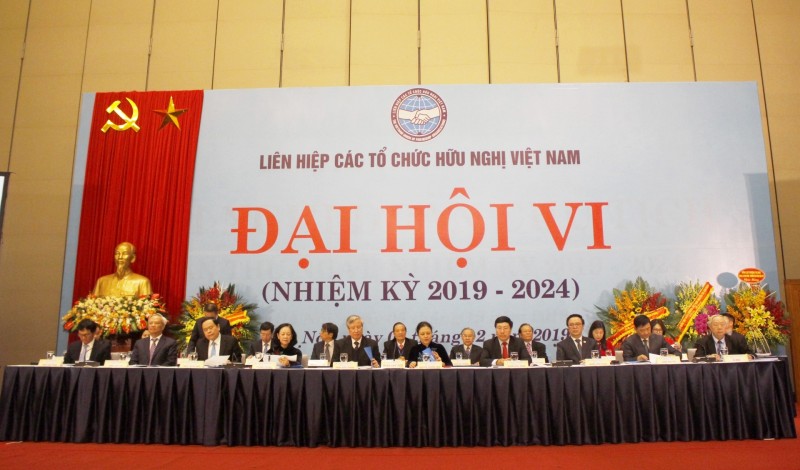 Friendship
Friendship
Sixth National Congress of Vietnam Union of Friendship Organizations kicks off
Recommended
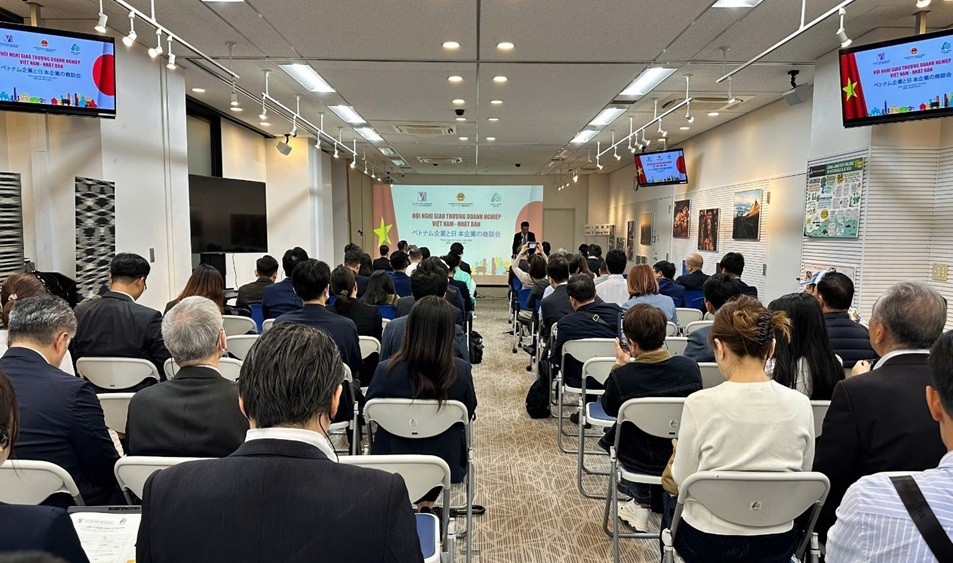 Friendship
Friendship
Promoting Vietnam - Japan Economic Cooperation
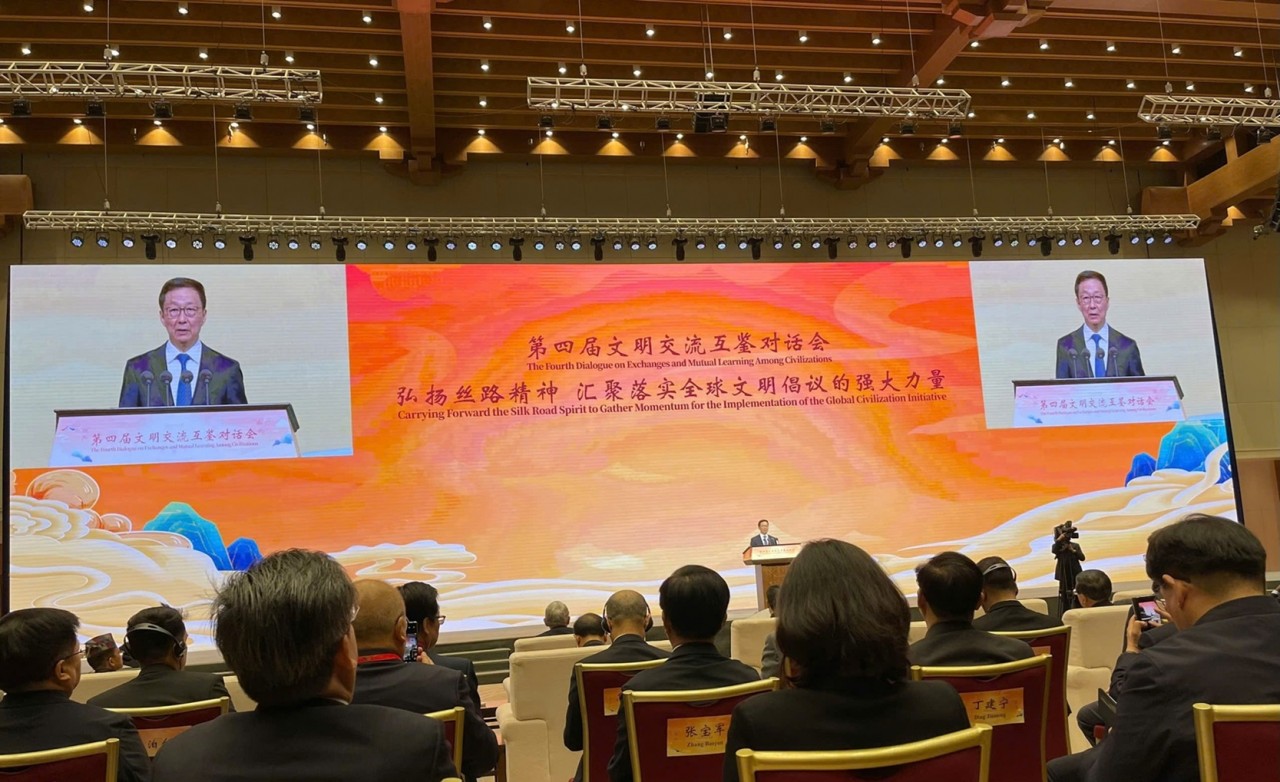 Friendship
Friendship
VUFO Attends Fourth Dialogue on Exchange and Mutual Learning among Civilizations
 Friendship
Friendship
COPI (US) Provides Free Medical Check-Ups for Nearly 1,000 People in Quang Nam
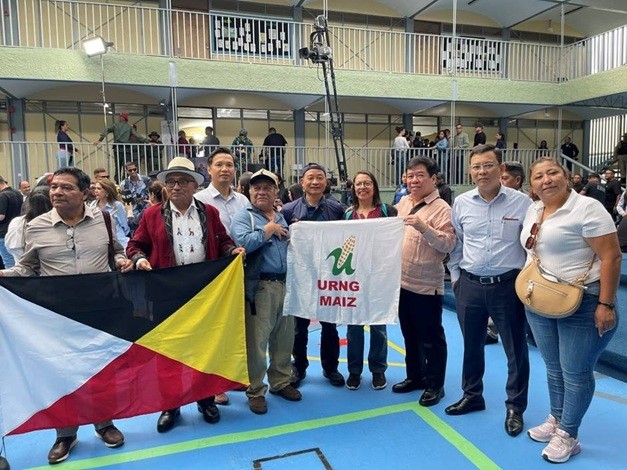 Focus
Focus
Strengthen Solidarity and Friendship Between Vietnam and Venezuela
Popular article
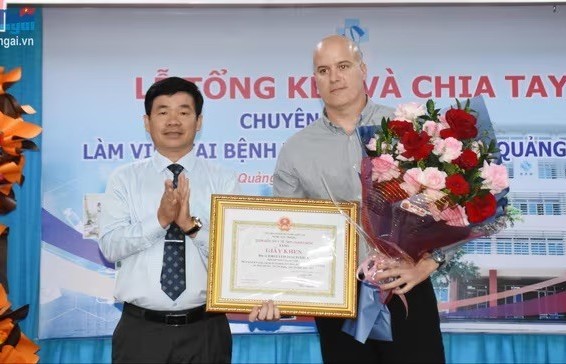 Friendship
Friendship
Quang Ngai Recognizes Cuban Health Experts' Contributions to Mother and Child Care
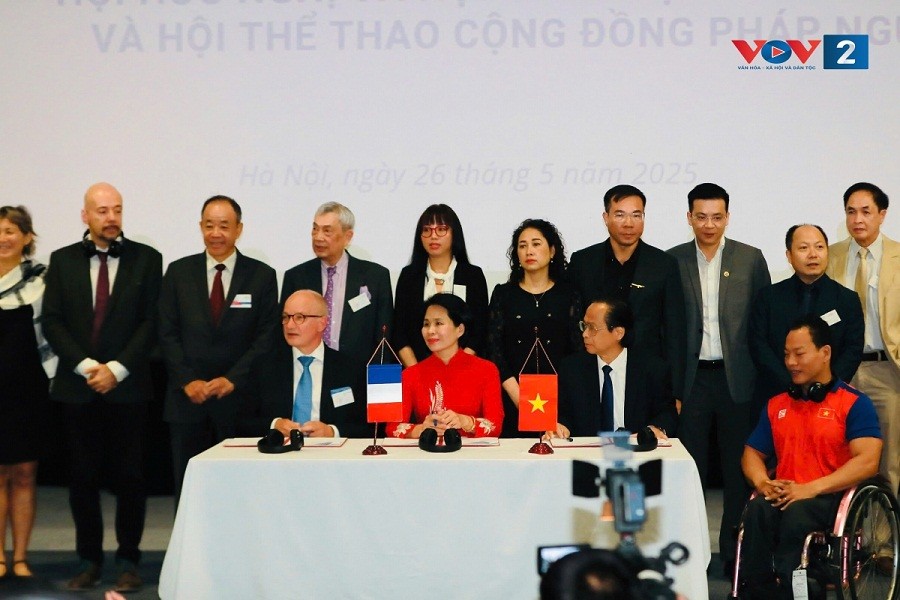 Friendship
Friendship
Vietnam, France Promote High-performance Sports
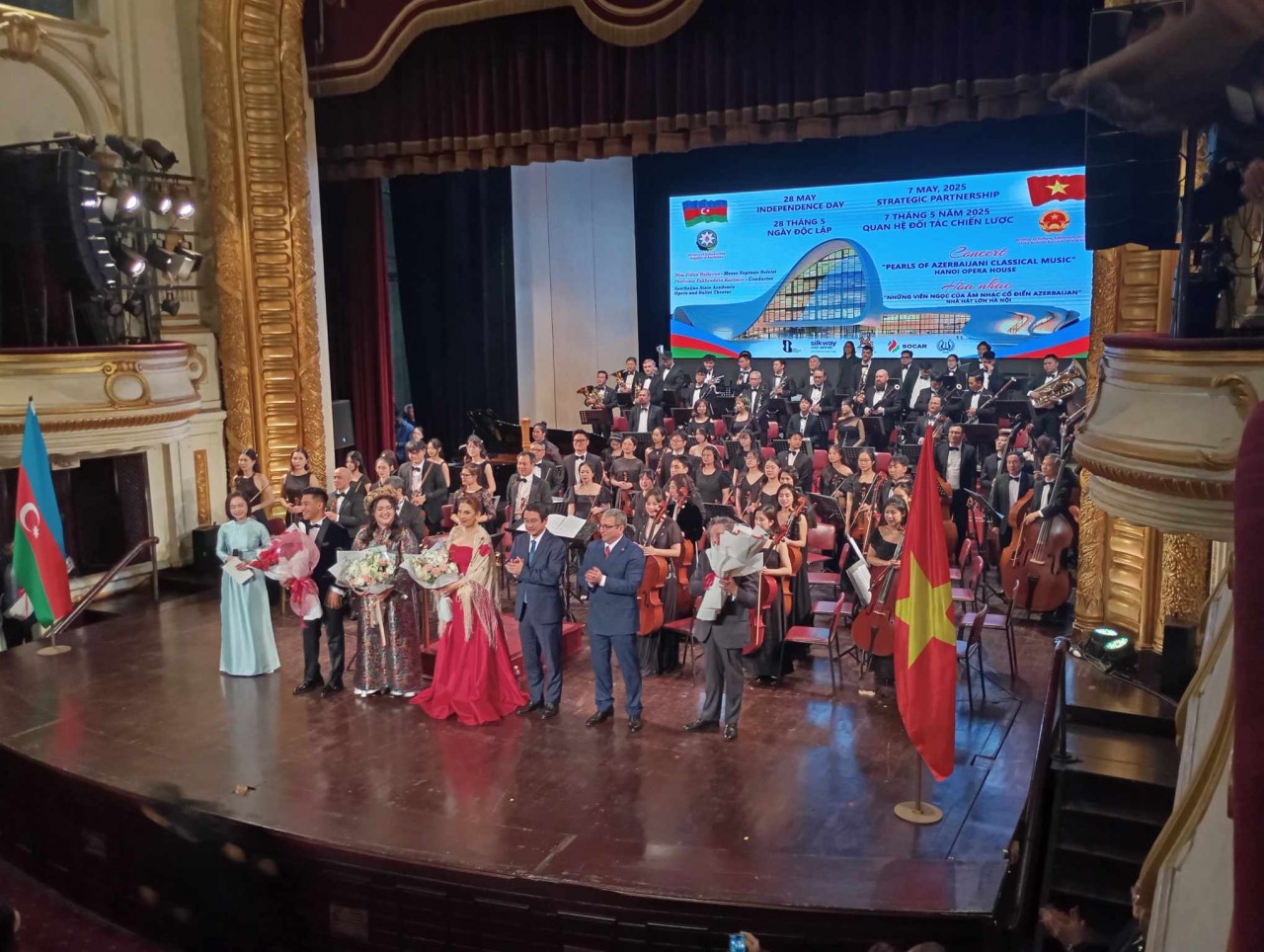 Friendship
Friendship
Concert In Hanoi Highlights Vietnam - Azerbaijan Ties
 Focus
Focus



